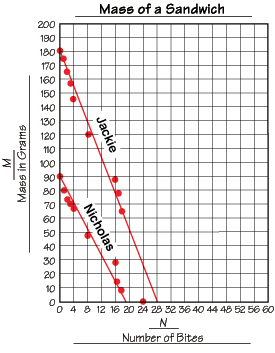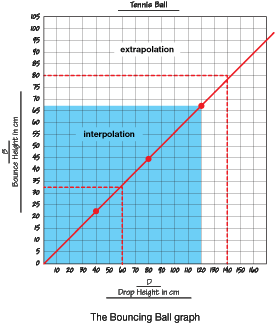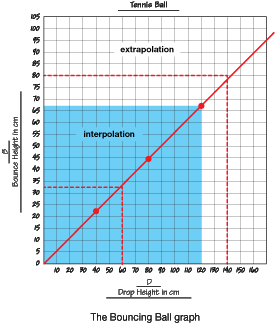Students use recipes as a context to learn about ratios using tables, graphs, and fractions. Students write ratios as fractions and use colon notation. A proportion is defined as A statement indicating that two ratios are equal. Students then use proportions and strategies for finding equivalent fractions to solve problems.
Content in this Lesson
- Using words, tables, graphs, and fractions to express ratios.
- Translating between different representations of ratios (graphical and symbolic).
- Representing the relationship between variables as a ratio [E2].
- Using ratios and proportions to solve problems [E4].
- Collecting and organizing data into a table and line graph to represent the relationship between variables [E10].
- Making point graphs and drawing best-fit lines to represent ratios and proportional relationships [E11].
- Using patterns in tables and line graphs to make predictions and solve problems [E12].
Daily Practice and Problems A–D
Assessment in this Lesson
| Assessment | Expectation Assessed |
|---|---|
|
Ratios, Recipes, and Proportions |
|

















